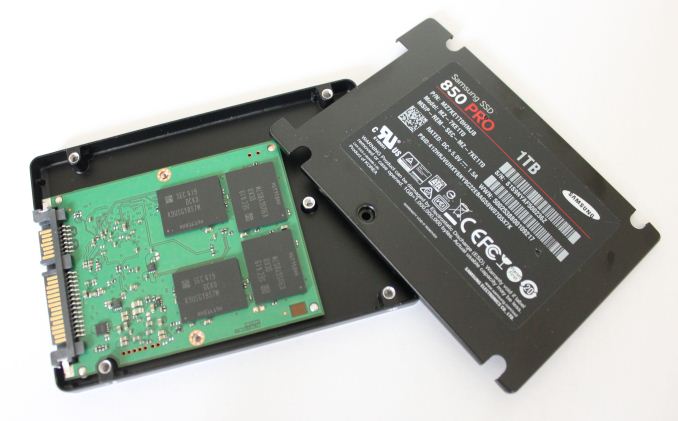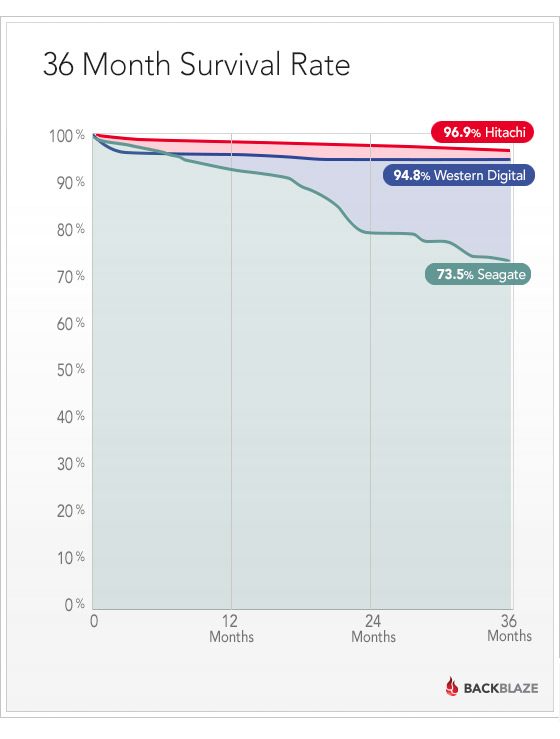HUELEN10
Member
Saw On MacRumors, but here is the article from Computer World which links to the PR, and contains more info too. Here's a snippet.
So no helium. How the heck are they doing it then?!?! Can't wait to see it in action, and even though, time and again, Seagate is last in reliability in tests and articles, we must put this product to the test; perhaps this will be the one!
Imagine putting these bad boys in a DROBO!
While Seagate is not using helium in its new 8TB drive, it's also not releasing details about how it has been able to increase the areal density on the disk platters. A spokesman said that information will be "shared shortly."
Last year, Seagate began using a technology called shingled magnetic recording (SMR) to increase the capacity of its drives beyond 4TB. Seagate has said SMR holds the promise of creating 20TB drives by 2020.
With SMR technology, Seagate has been able to increase bit density on its platters by 25% or more. Unlike standard perpendicular magnetic recording, where data tracks rest side by side, SMR overlaps the tracks on a platter like shingles on a roof, thereby allowing Seagate to squeeze more tracks together on a platter.
conventional writes graphicSeagate How data tracks are aligned with conventional perpendicular magnetic recording trimmed track graphic 1 How tracks are spaced using Shingled Magnetic Recording. Notice tracks are overlapped like the shingles on a roof, affording greater density.
Seagates 6TB hard drive, announced in April, used SMR and increased areal density from 831 bits per square inch in the previous 4TB drive to 1,000.
With SMR technology, Seagate has been able to increase bit density on its platters by 25% or more. Unlike standard perpendicular magnetic recording, where data tracks rest side by side, SMR overlaps the tracks on a platter like shingles on a roof, thereby allowing Seagate to squeeze more tracks together on a platter.
Seagate did say its new 8TB Enterprise Capacity 3.5 HDD increases system capacity using fewer components at lower power costs.
So no helium. How the heck are they doing it then?!?! Can't wait to see it in action, and even though, time and again, Seagate is last in reliability in tests and articles, we must put this product to the test; perhaps this will be the one!
Imagine putting these bad boys in a DROBO!




